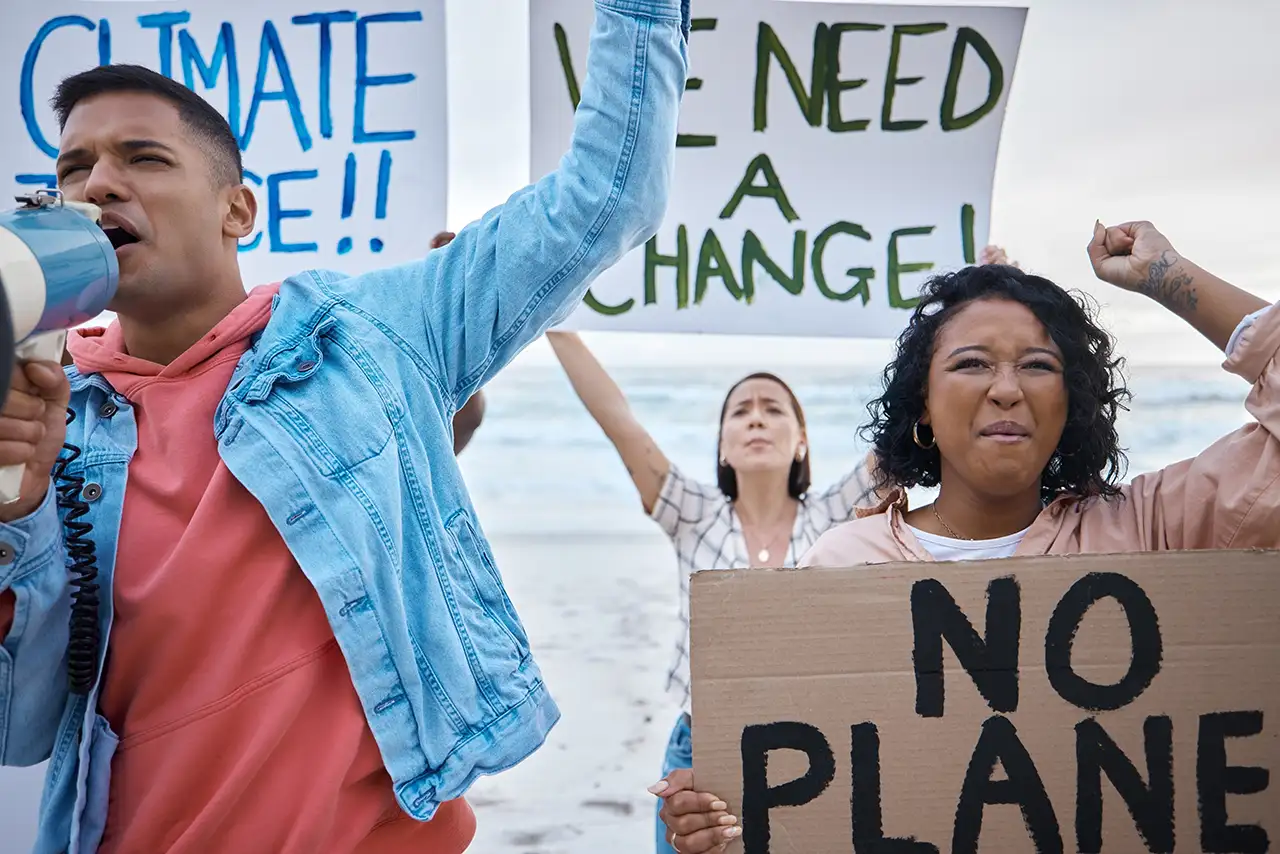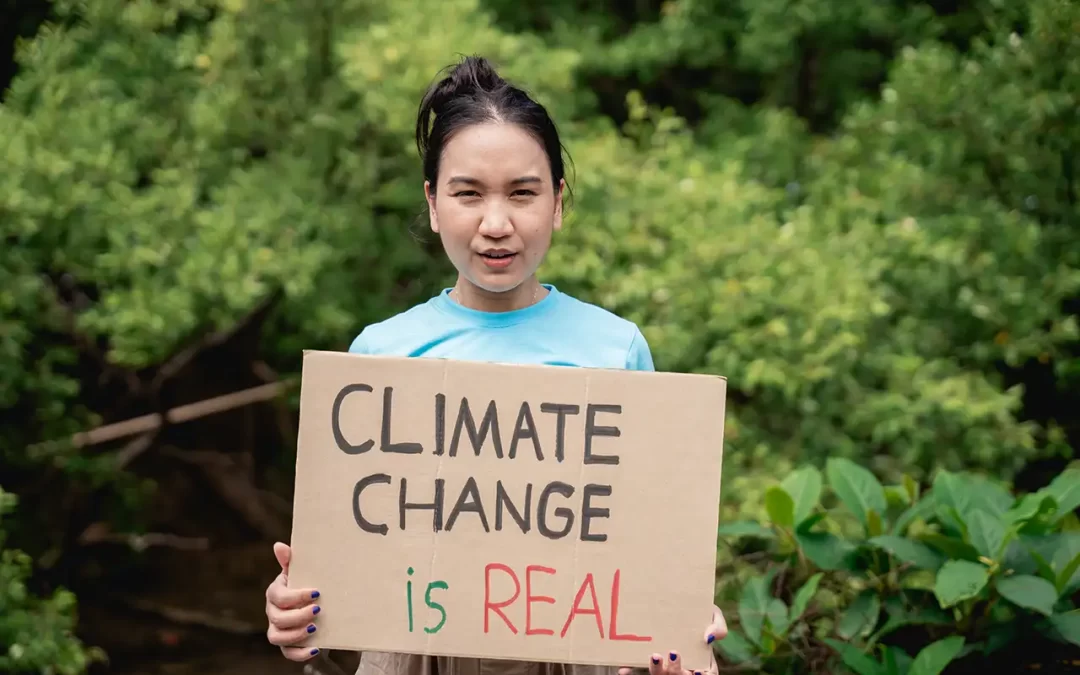Climate change represents one of the most significant challenges of our time, threatening ecosystems, human health, and economies globally. It is a complex issue, influenced by a range of factors including greenhouse gas emissions, deforestation, and fossil fuel consumption. Addressing this crisis requires a multifaceted approach, combining policy, technology, and individual action. This article explores the underlying causes of climate change, its impacts, and the strategies needed to mitigate its effects.
Understanding Climate Change
Climate change refers to significant changes in global temperatures and weather patterns over time. While climate variability is a natural phenomenon, the current rate of change is unprecedented and largely attributed to human activities. The primary driver is the increase in greenhouse gases (GHGs) such as carbon dioxide (CO2), methane (CH4), and nitrous oxide (N2O), which trap heat in the earth's atmosphere, leading to global warming.
The consequences of a warming planet are far-reaching. Rising temperatures contribute to melting ice caps and glaciers, leading to higher sea levels and increased flooding of coastal communities. Changes in precipitation patterns result in more frequent and severe droughts, hurricanes, and wildfires. The biodiversity loss, habitat destruction, and the spread of invasive species further compound the ecological impacts.
Mitigating Climate Change
Tackling climate change requires a coordinated global effort to reduce GHG emissions, transition to renewable energy sources, and enhance natural carbon sinks. The following sections detail strategies across various sectors to address these challenges.
- Transitioning to Renewable Energy
The energy sector is the largest source of GHG emissions, primarily due to the combustion of fossil fuels for electricity, heat, and transportation. Transitioning to renewable energy sources such as solar, wind, hydro, and geothermal can drastically reduce emissions. Governments can facilitate this shift by investing in renewable infrastructure, providing incentives for clean energy adoption, and implementing policies that phase out fossil fuels.
- Enhancing Energy Efficiency
Improving energy efficiency in buildings, transportation, and industries is a cost-effective way to reduce emissions. Strategies include adopting stricter building codes, promoting energy-efficient appliances, and encouraging the use of public transportation and electric vehicles. Investments in research and development can further improve efficiency technologies.
- Promoting Sustainable Agriculture
Agriculture contributes significantly to GHG emissions through methane from livestock and nitrous oxide from fertilizers. Sustainable farming practices such as precision agriculture, agroforestry, and organic farming can reduce emissions, enhance carbon sequestration, and improve soil health. Reducing food waste and transitioning to plant-based diets can also significantly lower the carbon footprint of food production.
- Protecting and Restoring Ecosystems
Forests, wetlands, and oceans act as natural carbon sinks, absorbing CO2 from the atmosphere. Protecting these ecosystems from deforestation, degradation, and pollution is crucial for maintaining their carbon sequestration capabilities. Reforestation and restoration projects can further enhance these natural sinks, contributing to the global effort to offset emissions.
- Implementing Carbon Pricing
Carbon pricing mechanisms, such as carbon taxes and cap-and-trade systems, incentivize emission reductions by making it more costly to emit GHGs. These tools can be effective in shifting the economic balance towards cleaner alternatives, driving innovation, and generating revenue that can be invested in clean energy and climate adaptation projects.
.

- Strengthening Climate Policies and International Cooperation
Effective climate action requires strong policy frameworks at national and international levels. The Paris Agreement, signed by 195 countries, aims to limit global warming to well below 2 degrees Celsius above pre-industrial levels. Achieving this goal requires countries to set ambitious emission reduction targets, implement effective policies, and enhance cooperation on technology transfer and financing.
- Encouraging Individual Action
Individuals play a critical role in addressing climate change through their choices and behaviors. Simple actions such as reducing energy consumption, choosing sustainable transport options, supporting renewable energy, and advocating for climate action can collectively make a significant impact.
Final Thoughts
Tackling climate change is an urgent and complex challenge that requires concerted efforts from governments, businesses, communities, and individuals. While the task may seem daunting, the strategies outlined above provide a roadmap for mitigating the worst impacts of climate change and transitioning to a sustainable and resilient future. By embracing innovation, fostering collaboration, and committing to decisive action, we can overcome this global crisis and safeguard the planet for future generations

